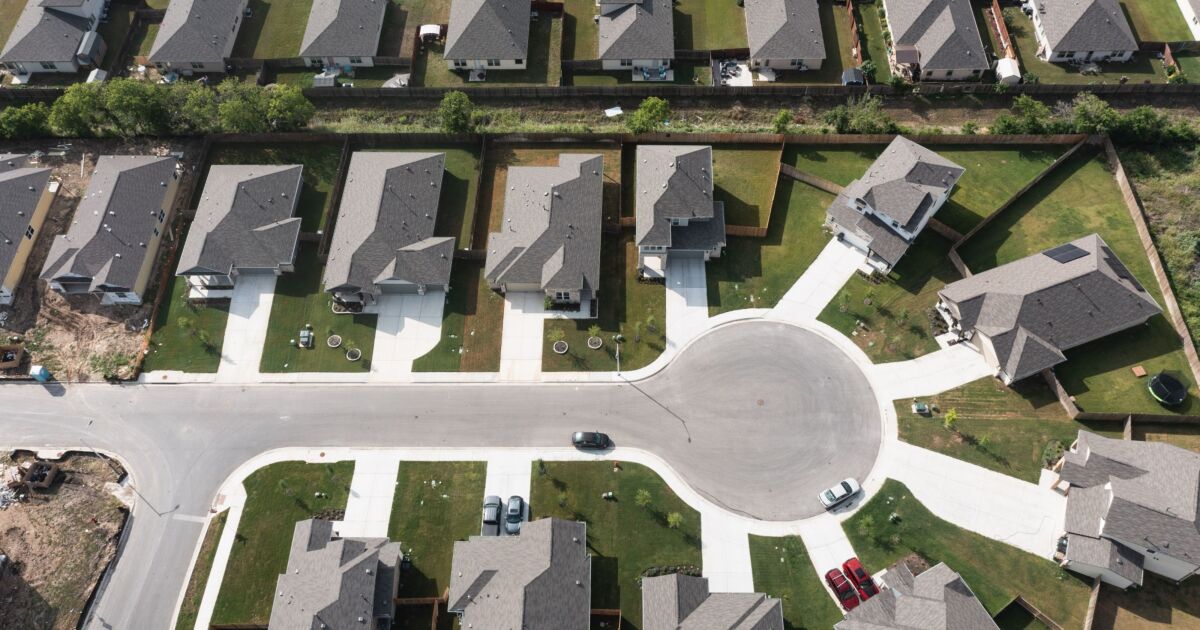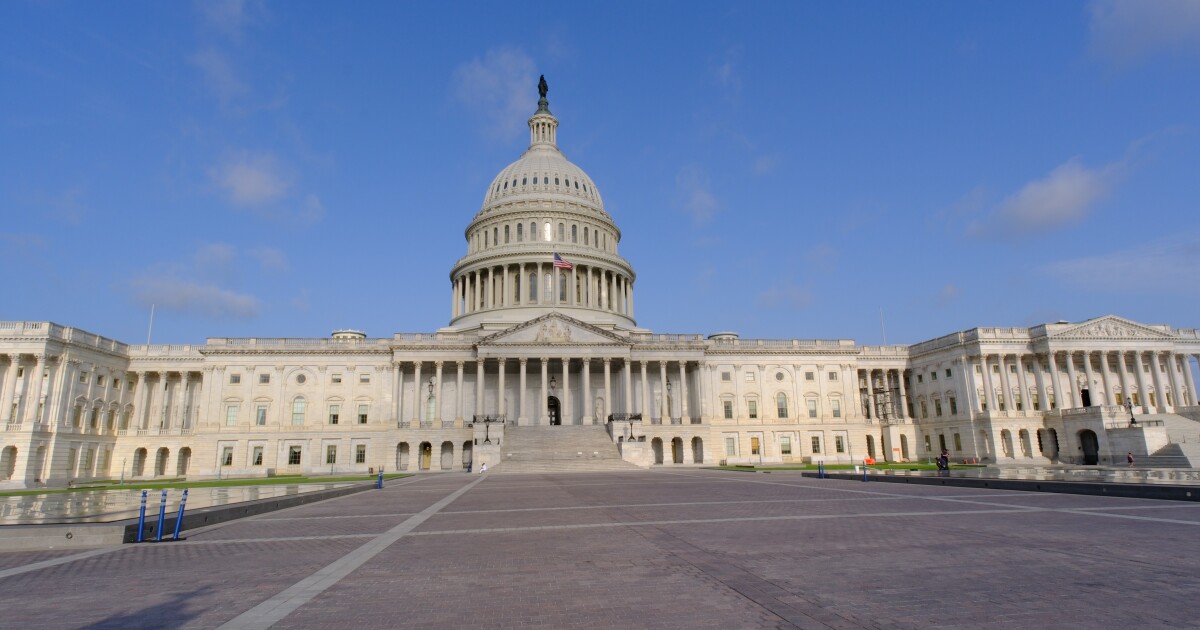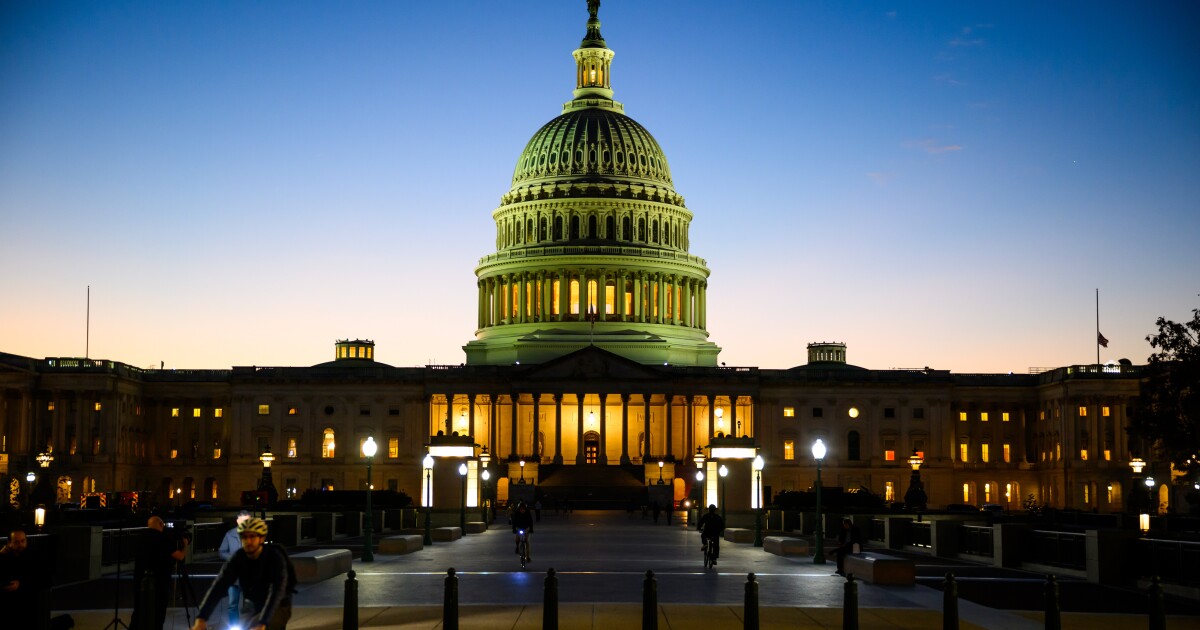
While still healthy by historical norms, home equity growth pulled back over the winter while the share of underwater mortgages showed a widespread pickup across the country.
The proportion of seriously underwater properties, defined as when the mortgage balance exceeds a home's value by at least 25%, increased quarter over quarter in 48 states, according to a new report from real estate data provider Attom. The national underwater rate stands at 2.8% after the first quarter, up from 2.5% over the final three months of 2024.
Compared with first quarter 2024 data, however, the number of states with a higher underwater share comes in at just 25. The proportion of seriously underwater homeowners has remained between 2% and 3% nationally since early 2023 and currently sits under half of its early 2020 pre-pandemic level of 6.6%.
On the other side of the coin, the
If history holds, though, first-quarter data may prove to be a temporary blip rather than a long-term cause for concern, Attom CEO Rob Barber advised.
"In each of the two previous years, the first quarter marked the lowest point of the year before the proportion of equity-rich homes shot back up in the second quarter," Barber said.
"Home equity rates are near their highest points in recent years," he added.
Still, the growth of underwater mortgages comes as home prices have
Housing researchers also noted recent signs of rising borrower distress, particularly in
The underwater-mortgage share varied across the country, but trends signal weaker homeowner positions in parts of the Central and Southern U.S. Louisiana led all states with an underwater rate of 10.5%, followed by Kentucky, Mississippi, Arkansas and Iowa at 7.3%, 6.6%, 5.8% and 5.7%, respectively. Eighteen out of the "top" 20 states were in the South and Midwest.
Kansas led all states in underwater mortgage growth, with the share jumping to 4.7% from 2.9% quarter to quarter.
At the same time, equity-rich states were concentrated in the Northeast and West. Vermont led the way with 85.8% of its homeowners falling under the equity-rich definition. Neighboring New Hampshire followed at 60.5%. The top five was rounded out by Rhode Island at 59.8%, Montana with 59.4% and Maine at 58.9%.



